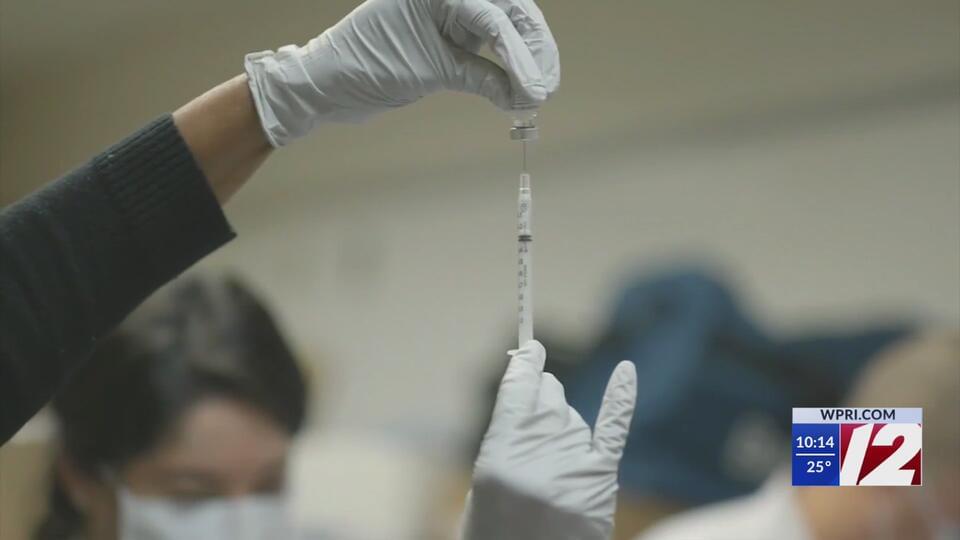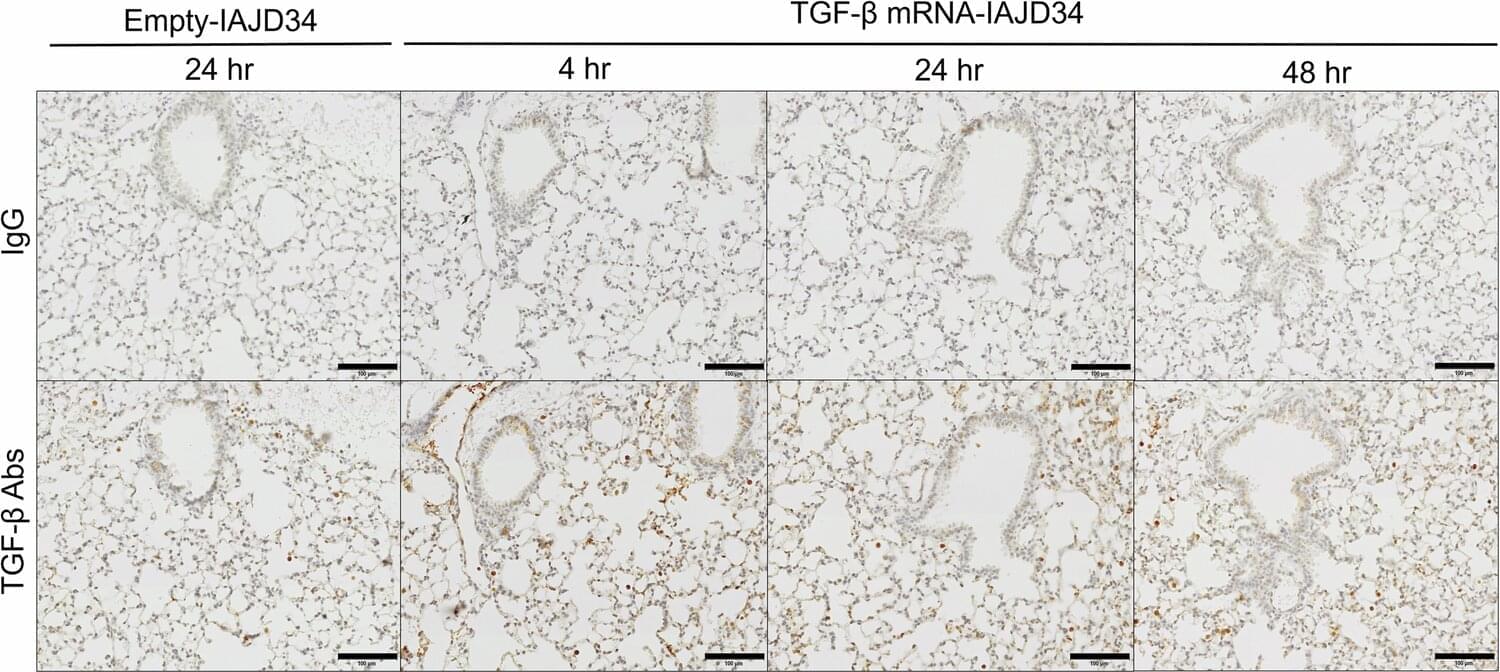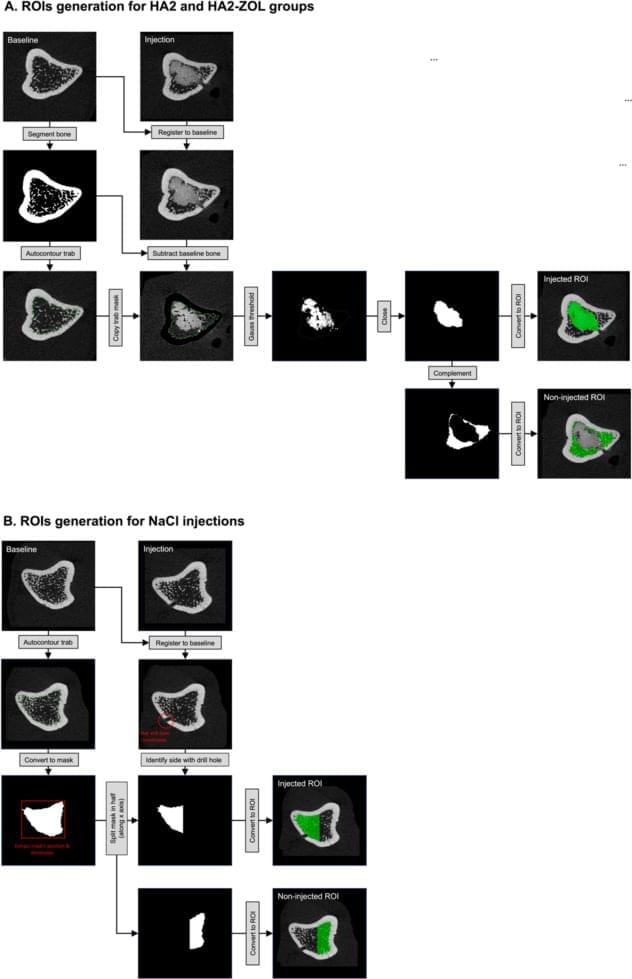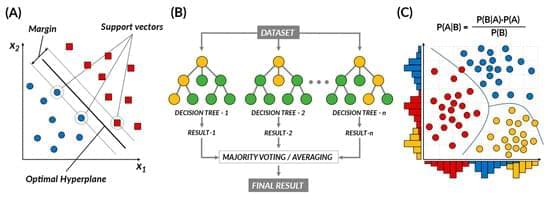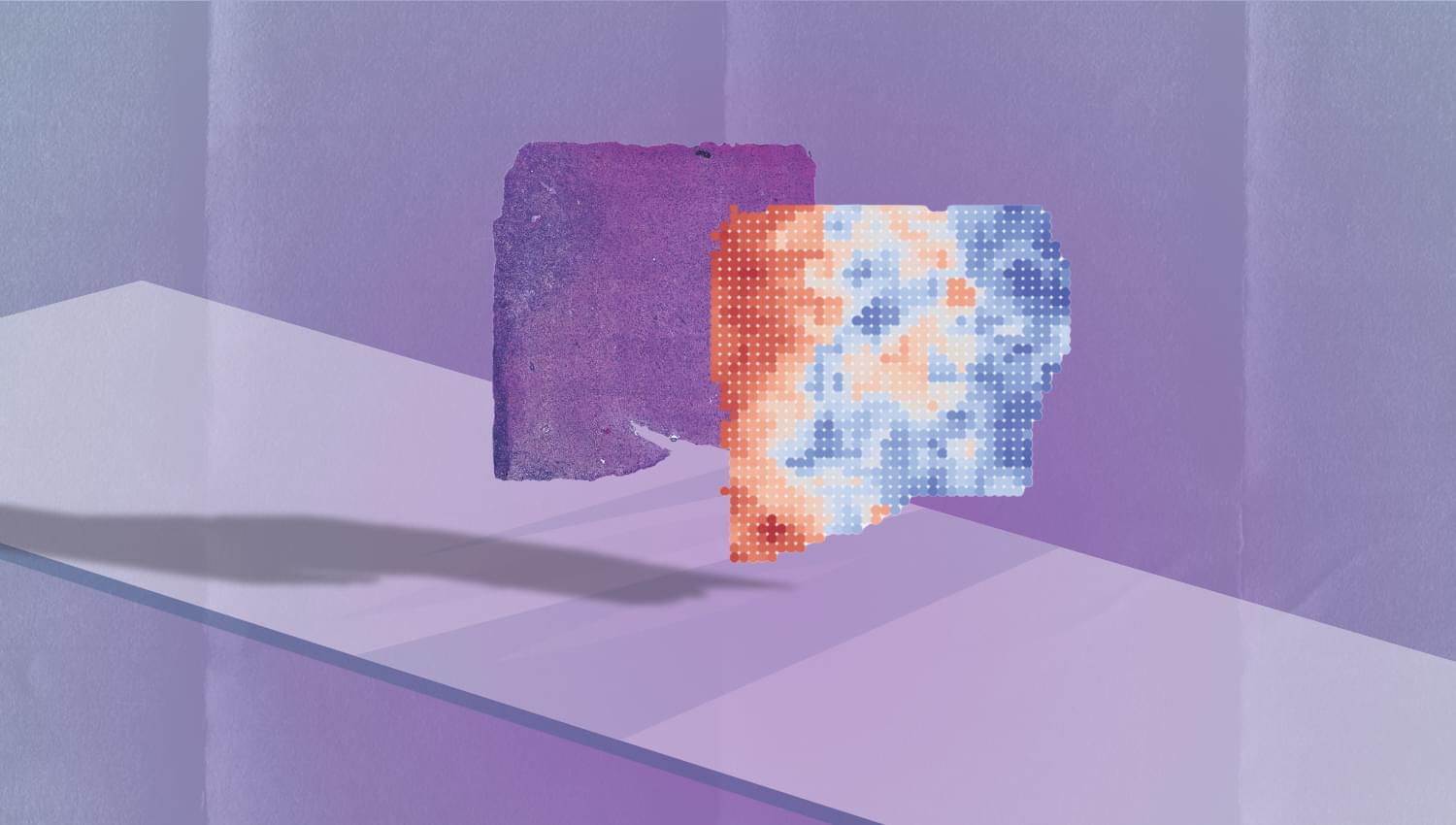Scientists have created a hydrogel that strengthens bones in weeks. Bone density increased by 5X in a lab.
A groundbreaking injectable hydrogel may soon offer a faster, more effective treatment for osteoporosis, a condition that weakens bones and increases fracture risk.
Developed by researchers at EPFL in Switzerland and startup Flowbone, this new hydrogel, made from hyaluronic acid and hydroxyapatite nanoparticles, mimics bone’s natural minerals and strengthens fragile areas. In lab tests on rats, the treatment increased bone density by up to three times within weeks. When combined with the osteoporosis drug Zoledronate, bone density at the injection site increased nearly fivefold, potentially reducing the risk of fractures far more quickly than current medications.
While the hydrogel is not a permanent fix, researchers believe it could revolutionize osteoporosis management by complementing existing drug therapies and speeding up recovery. Given that osteoporosis affects millions worldwide—especially postmenopausal women—this breakthrough could significantly lower the risk of life-threatening fractures. The team now aims to secure regulatory approval and begin clinical trials, bringing this promising technology one step closer to real-world use. If successful, it could redefine how osteoporosis is treated, offering patients faster relief and stronger bones.
Managing osteoporotic patients at immediate fracture risk is challenging, in part due to the slow and localized effects of anti-osteoporotic drugs. Combining systemic anti-osteoporotic therapies with local bone augmentation techniques offers a promising strategy, but little is known about potential interactions. We hypothesized that integrating systemic treatments with local bone-strengthening biomaterials would have an additive effect on bone density and structure. This study investigated interactions and synergies between systemic therapies and injectable biomaterials, HA2 and HA2-ZOL, designed for local bone strengthening. HA2-ZOL incorporates Zoledronate, a bisphosphonate, to enhance anti-resorptive effects. These materials were tested in an in vivo rat model of osteoporosis using microCT and histology.
Thirty-six ovariectomized Wistar rats were treated systemically with vehicle (VEH), alendronate (ALN), or parathyroid hormone (PTH). One week later, their tibiae were randomly assigned to local treatment groups: HA2, HA2-ZOL, or NaCl control. Bilateral injections targeted metaphyseal trabecular bone, with microCT scans tracking changes over 8 weeks. Regions of interest (ROIs) were identified and analyzed for bone volume fraction (BV/TV), tissue mineral density (TMD), and trabecular morphology. Histological analyses were performed at week 8 to assess bone structure and mineral inclusions.

